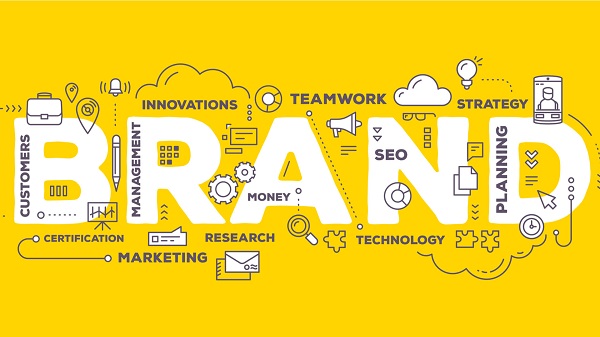
Having your Hong Kong limited company incorporated by filling in and submitting the NNC1 form (or NNC1G) with all other supporting documents is not enough. As the company’s major entrepreneur and founder, you will need a great strategy which can be followed through and can take your new company to the next level in the HK market. One such effective strategy is the positioning or the brand identity of the company.
The visual identity with all its elements may form the embodiment of a company. People (including whether your customers and/or your competitor’s customers) normally would first recognize visual identity and relates what they have visually remembered to a brand. This means having a good logo design is essential to the first step of branding your company locally for the Hong Kong market, and perhaps later for a broader scope i.e. international visa. As a local company, your brand logo may include some elements that relate your business to Hong Kong.
Your brand identity is the personality of your business and a promise to your customers. The brand identity may be made up of what your brand says, what your values are, how you communicate your product, and what you want people to feel when they interact with your brand, company, or product. Having said, your Hong Kong Company’s brand identity is how your business wants to be perceived by the potential customers. What usually happens is that company utilizes the brand identity with its unique design for the brand to strive and communicate clearly with the target audience and potential customers. As a local company, your brand slogan or tag line should include elements that connect your business to Hong Kong.
But what are the stages when you need to establish a new company brand identity? It would involve the following stages.
Stage 1: Conduct a thorough company brand audit.
Stage 2: Establish your UVP (i.e. unique value proposition) with a slogan / tag line and the necessary messaging statements.
Stage 3: Develop your company brand’s creative elements.
Stage 4: Implement business strategies to establish the brand identity.
Stage 5: Analyze and refine the company brand identity.
Product identity is not quite the same as brand identity. A product identity is the overall personality of a product. An example is that a marketing team may often think of products as having a personality and identity in the market. A product in the perspective of a consumer may be trustworthy, reliable or stylish.



